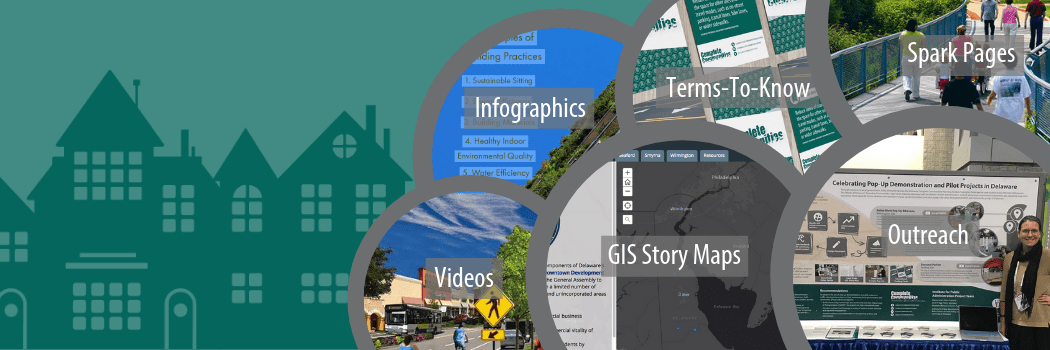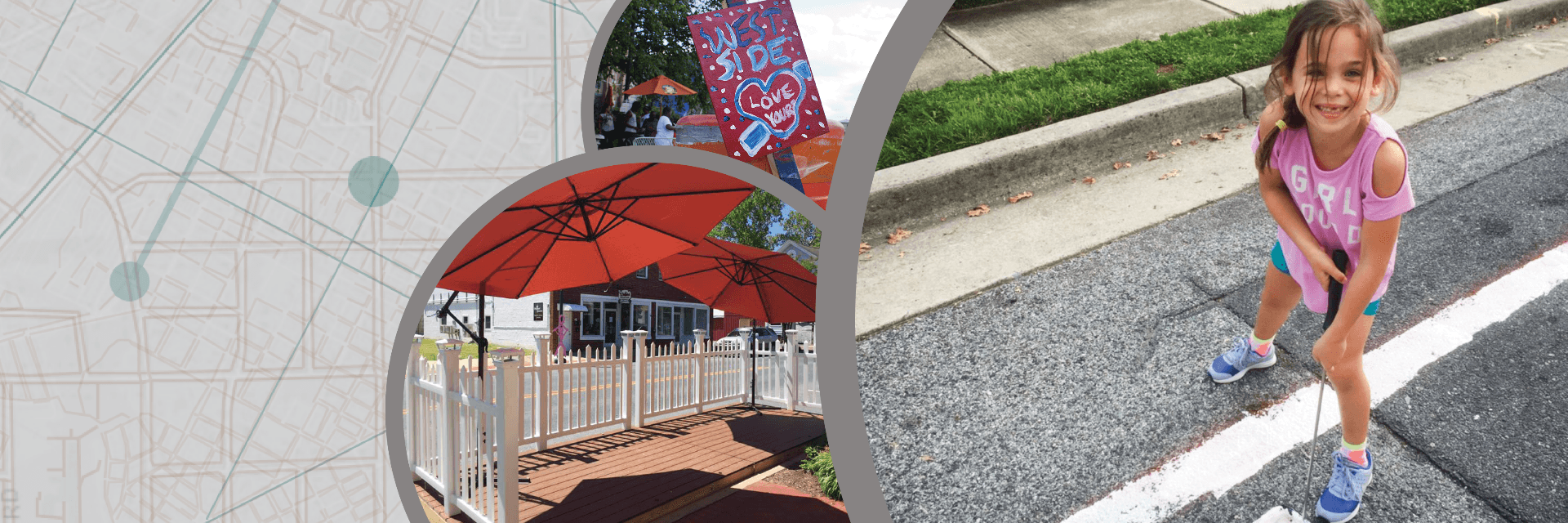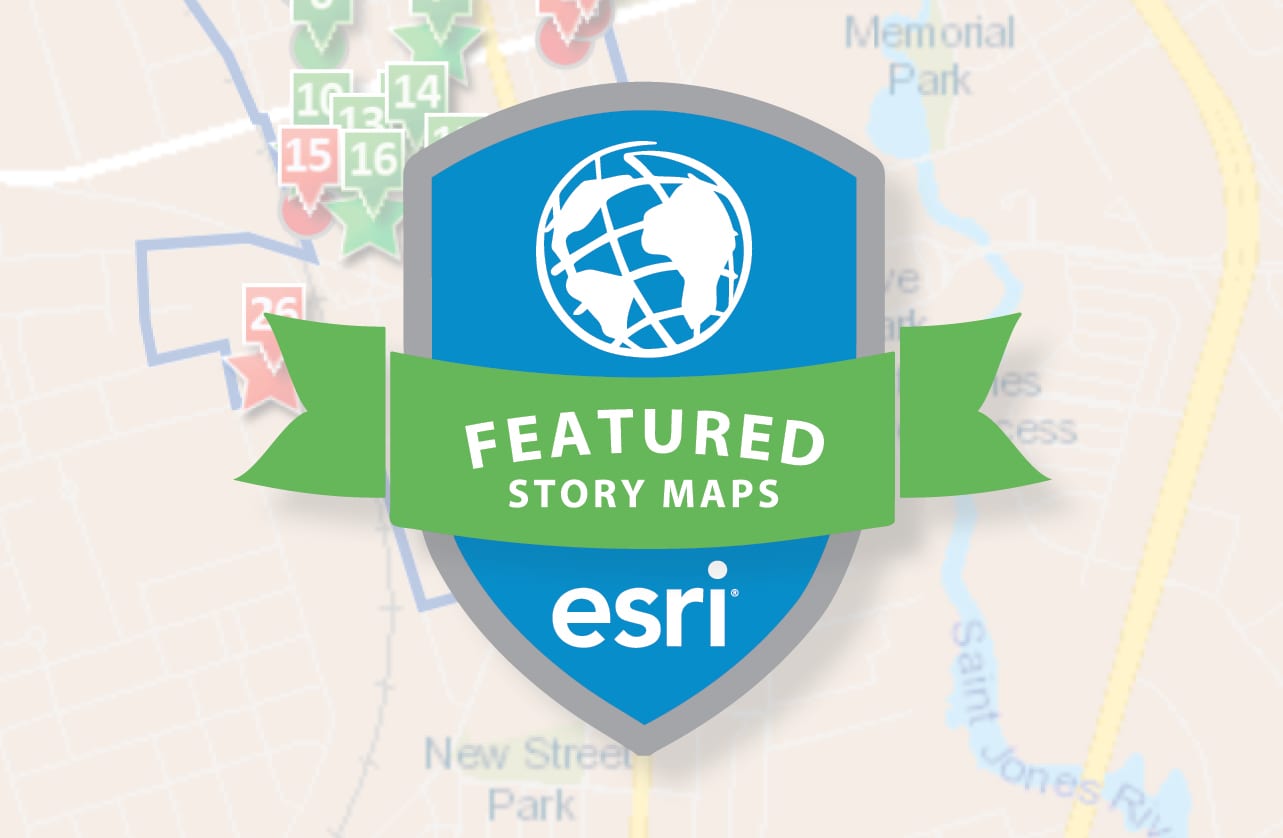
by allyem | Jul 15, 2020 | News
View the new GIS Story Map. It showcases DelDOT’s Bicycle LTS model that provides a basis to plan for a bicycle-friendly Delaware. Low-stress bicycle networks should produce a comfortable experience for bicyclists, of all ages and abilities, through a connected system...

by allyem | Jun 19, 2019 | News
The Delaware Complete Communities Planning Toolbox project strives to provide local government officials, planning commission members, and “citizen planners” with the tools they need to create communities that are accessible, economically vibrant, healthy,...

by allyem | Jun 19, 2019 | News
Explore the Stories of Delaware’s Complete Communities GIS story map to learn how communities are creating pop-ups for calmer traffic and resident engagement. Reconfiguring roadways and public spaces can help calm traffic and achieve more walkable-, bikeable-,...

by allyem | Jun 19, 2019 | News
The Complete Communities Story Map Gallery is featured by Esri, an international GIS company. Known as the global leader in GIS software, Esri provides ArcGIS, a software that can be used to assess and present data in a spatial context. Using ArcGIS, Complete...
by Sarah Marshall Pragg | Mar 10, 2017 | News, Toolbox
IPA Policy Scientist Marcia Scott and Public Administration fellow Savannah Edwards (MPA ’17) presented a poster at the 96th Annual Meeting of the Transportation Research Board (TRB) in Washington, D.C. on January 9 and 10, 2017. TRB Session 697, “Current Issues in...





